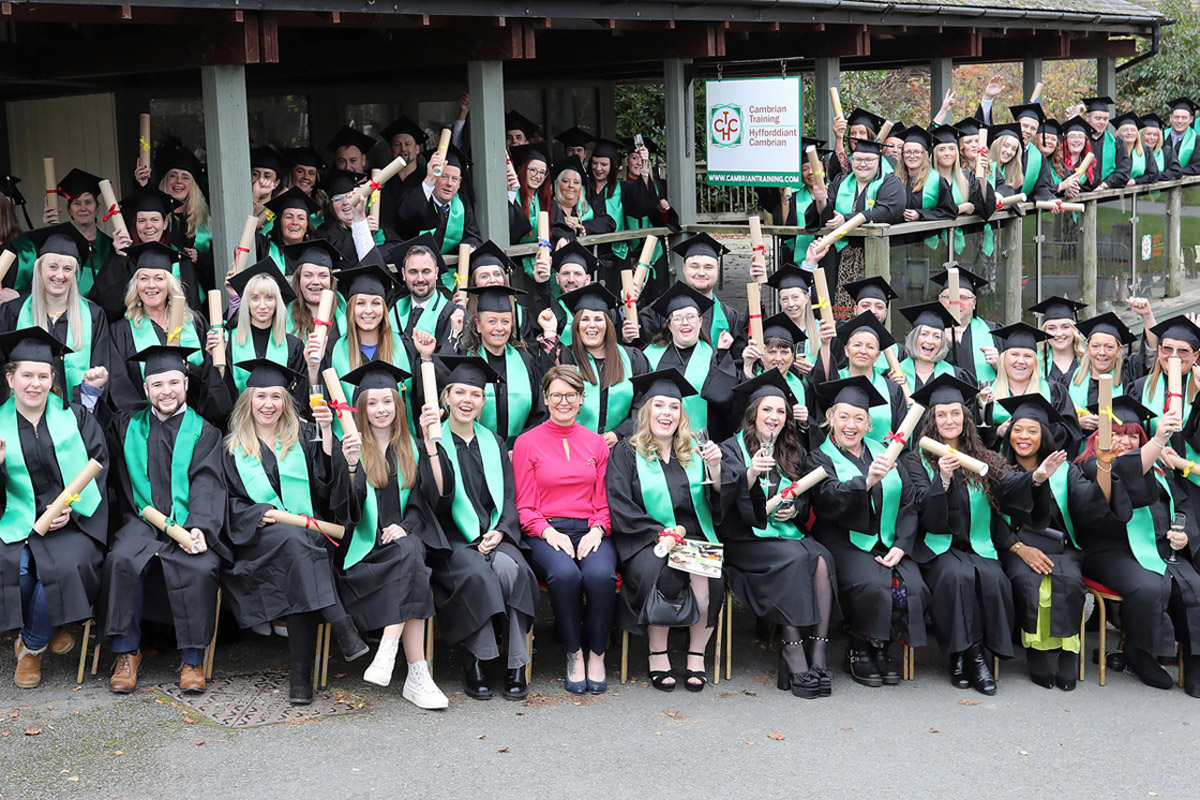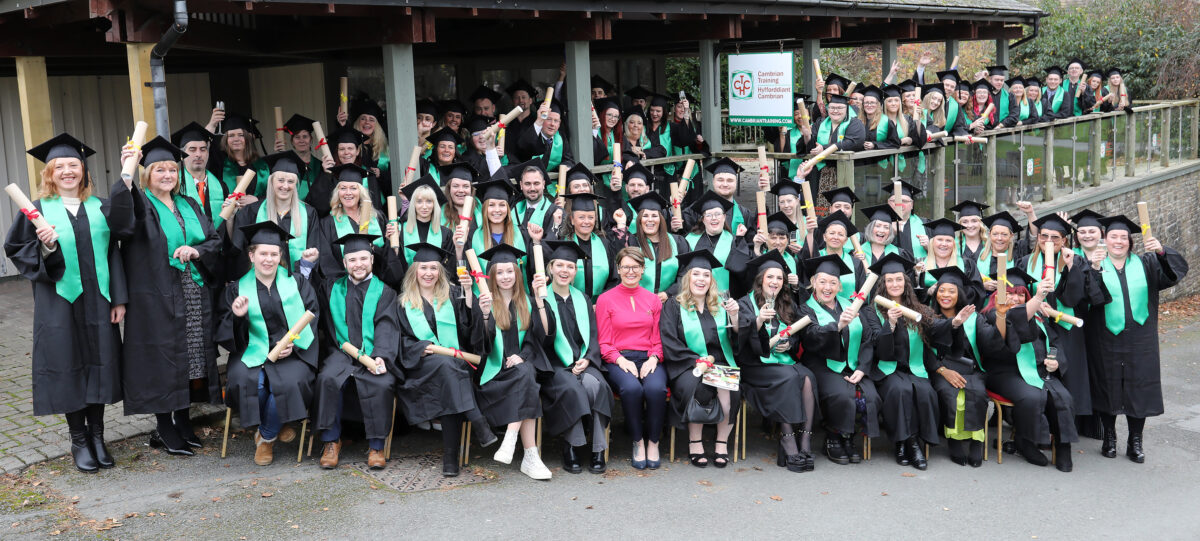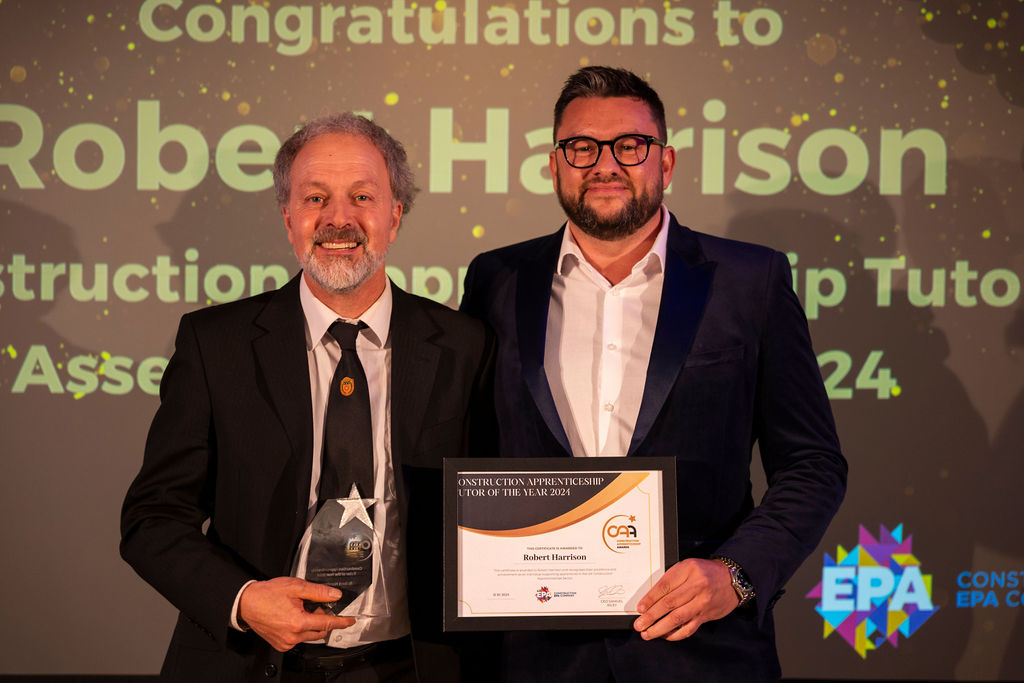Design and technology students in long-term decline: Where are the designers and innovators of the future going to come from?

Amanda Spielman spoke at the innovate conference about design and technology in schools and colleges:
Introduction
Good morning. I’m so pleased to be with you today. The V&A is one of my favourite places, and I’ve been coming here since I was a child. It was the first place I really started to notice extraordinary fabrics and textiles, the Spitalfields silks and then a little later the astonishing carpet collection and then the fashion exhibitions. I’m old enough that I went to both the Versace and the Vivienne Westwood exhibitions.
The one thing I haven’t seen is the Dior exhibition, because it’s completely sold out and has been for months. And I think that really says something about our love of, and the importance of, design.
And of course there is no better place than the V&A to be discussing design and technology education. I know that its educational activities range much wider than design and technology, encompassing art and performance, but today I’ll stay close to topic. I’m going to talk about what’s been happening with design and technology teaching across primary and secondary schools in recent years. And how Ofsted’s new inspection framework, with its focus on the substance of education, the curriculum, can help.
But first I’d like to applaud Innovate, the National Schools Challenge. The V&A’s work with schools is so important, providing helpful, high-quality resources and inspiring children in key stage 3 to create, innovate and solve problems. While we can’t endorse any particular programme, raising the profile of design and technology and supporting the work of its teachers in schools can only be a good thing.
Declining numbers taking design and technology at KS4
And here’s why. The number of children studying design and technology at key stage 4, either as a GCSE or through one of the alternative qualifications, seems to be in long-term decline. For 20 years now, the Joint Council for Qualifications has published data on the numbers of pupils taking GCSEs, and for D&T they make stark reading.
Between 2003 and 2017, the number of D&T GCSEs taken by 16-year-olds in England plummeted by nearly two-thirds, from 420,000 pupils to just over 150,000. It’s seen the biggest drop, along with modern foreign languages.
So, given this decline, where are the designers and innovators of the future going to come from?
Many product design jobs seem to have gone overseas and if we don’t educate the next generation of designers, they will never come back. We’re good, in this country, at service design, but we need to think about how we get better and how we prepare more of our young people for those high-skilled, creative jobs.
Let’s think about why this drop has happened. D&T has always existed in a difficult context in this country, engineering education for example has never enjoyed the same high status in this country that it does in others.And broadly speaking, design and technology education has faced a perfect storm over the past 20 years.
Back in 2000, D&T stopped being a compulsory subject in Key Stage 4. It became more of a school choice whether to offer it or not.
Round about 2004, BTECs and other vocational qualifications were given equivalence to GCSEs in performance tables. This led to dramatic shifts in the mix of subjects taken at KS4. The main winners in this realignment have been vocational qualifications like ICT, and Religious Studies GCSE. Though there have been continuing swings depending on what value has been attributed to various kinds of qualification in performance tables.
First EBacc, and then Progress 8 set D&T alongside other non-EBacc subjects. And EBacc is of course defined only on a limited set of core academic subjects. This has certainly done nothing to stem the drift away from D&T. But it would be a mistake to attribute the decline too much to the Ebacc and Progress 8. It’s a bit of a red herring. Most of the decline actually happened pre-2010.
And looking across to art and design, and looking at the wider qualifications landscape, not just GCSEs, numbers have dropped much less than in D&T. Similarly looking at the wider qualifications landscape shows that the number of pupils taking music and drama qualifications of one kind or another hasn’t changed much at all since 2003, though there has been a big movement away from GCSE and into BTECs and similar qualifications.
Schools have a degree of freedom and autonomy to choose their subjects, and choose for all sorts of reasons. If teachers lack expertise, that can have a knock-on effect on teaching quality. If teaching quality is inconsistent, maybe school leaders will be less likely to back design and technology and other subjects.
Pupils have a degree of choice as well, and at KS4, are weighing up D&T against other subjects.
And we haven’t done as much as we should have done to help. When Ofsted was slimmed down 15 years ago, one of the things that had to be dropped was subject-by-subject review within each inspection. Design and technology got much less attention, as did many other elements. The new framework recognises that we moved too far away from curriculum and what is taught.
Another problem often cited is school budgets, a very real concern for many schools today. But school budgets were steadily increasing in real terms in the decade until 2011, the period in which take-up of D&T dropped so much. Since then, I know that schools have had to make difficult choices to balance their budgets. And teaching D&T is expensive, not just in terms of space and raw materials but also equipment of increasing sophistication, computers, 3D printers, laser-cutting machines. This may have contributed to squeezing D&T out of the curriculum.
A report we published in 2011, ‘Meeting Technological Challenges’, looked at the provision of design and technology, using evidence from inspections between 2007 and 2010. It laid out the factors that make it hard to do D&T well, including the lack of subject-specific training for teachers.
So I’m coming on to where we at Ofsted think we are today, but recognising the history and context that has led to what is clearly not where anyone in this room would like us to be today.
Primary school KS1 and KS2
Let’s go back to primary school and see what’s happening there. On our routine inspections, what we find in primary schools can be disappointing. We do see some wonderful initiatives, especially from enthusiasts like you, a minority of children get a fantastic experience. But an awful lot of children just don’t. It shouldn’t be about experiences for the fortunate few, but about making sure the curriculum works for all.
The national curriculum for KS1 and 2, I’m going to quote some of it here, aims for all pupils to ‘develop the creative, technical and practical expertise needed to perform everyday tasks confidently and to participate successfully in an increasingly technological world’. It goes on, ‘to build and apply a repertoire of knowledge, understanding and skills in order to design and make high-quality prototypes for a wide range of users’. And then to ‘critique, evaluate and test ideas and products and the work of others’.
So far, so good. And indeed, startlingly ambitious for 11-year-olds. But the lack of subject expertise in many primary schools and the preference for teaching cross-curricular topics can mean that sequencing, or building logically on existing knowledge and skills, doesn’t always happen in a meaningful way. And that probably hampers design and technology.
In 2016, we gathered evidence about D&T provision from 26 primary schools. The proportion of time pupils spent on the iterative design process, working creatively to solve design problems, was typically very limited. Often the projects were linked to a whole-school theme or topic, which resulted in a lot of projects that asked pupils to ‘design’ a model of a historical item. A Tudor house, a Mayan headdress, a Roman shield.
Leaders and teachers described these as design projects when actually they were ‘craft model-making activities’, improving neither pupils’ historical knowledge nor their D&T expertise.
Some projects were linked to themes such as space and transport. Pupils were asked to design a space rocket, or a moon buggy. Projects like this can inspire imagination, but because children were designing something they couldn’t test, they didn’t learn to refine and develop their first ideas into something that worked.
Where school leaders had a better grasp of subject requirements, projects were based on a useful, testable, age-appropriate context. Designing a vehicle became ‘design a vehicle to transport teddy’. Designing a rocket involved designing a machine that could propel something into the air, whose effectiveness could be tested.
Ofsted’s curriculum research
Soon after I joined Ofsted, we began a two-year research programme into the curriculum. And in phase 1, we looked at how schools were thinking about the curriculum.
We did find that many schools were teaching to the test. They were teaching a narrowed curriculum in pursuit of league table outcomes, rather than thinking about the substance of education, knowledge, skills and progression. This was disappointing but not surprising, and I do accept that inspection itself has been partly to blame.
In primary school, we found that the focus on literacy and numeracy had sometimes been at the expense of creative, artistic and technical education, which could get squeezed out. In some schools, there simply wasn’t enough time allotted to teach design and technology at key stages 1 and 2, nor the relevant expertise among primary teachers.
Phase 2 of our research looked at the schools that had paid real attention to curriculum design. We went to schools that had very different approaches, but we found some common factors relating to curriculum quality.
These included the importance of subjects as individual disciplines.
In phase 3, we looked at how we might inspect aspects of curriculum quality. We went to 64 schools and, within each school, looked at different core and foundation subjects.
At 10 primary schools, we looked in detail at design and technology. It’s a small number, I know, and I wouldn’t want to make too much of it, but in general curriculum quality was weak. Some schools weren’t really clear about the differences between art and design and design and technology, so the two got mixed together, with design processes and principles getting left behind. This is partly because design means different things in different contexts. And, as we saw in 2016, schools were often trying to cover what was in the national curriculum, and making things, but without really thinking through what knowledge and skills were being taught.
So we need to make it easier for primary teachers to do worthwhile work that sets children on track for the specialist teaching they should be getting at secondary. We need to make it straightforward to translate a high level national curriculum with ambitious goals into specific steps and programmes that non-expert primary teachers can understand, pick up and use. Because at the moment, there’s a gulf between very high ambitions and something that relatively unskilled teachers can pick up and use.
KS3
Hold that thought. In 2015, we published a report on KS3 called ‘The Wasted Years’. It found that while pupils generally had the opportunity to study a broad range of subjects, in too many schools, the quality of teaching and the rate of progress and the achievement weren’t good enough. KS3 was the poor relation to other key stages. The national curriculum for KS3 is broadly similar to KS1 and 2 but, as you would expect, steps it up.
Here is the subject content: ‘Through a variety of creative and practical activities, pupils should be taught the knowledge, understanding and skills needed to engage in an iterative process of designing and making. They should work in a range of domestic and local contexts and industrial contexts’.
So let’s think about what this should look like for design and technology, and how to counteract this general lack of clarity. The KS3 curriculum shouldn’t just be a means of preparing pupils for GCSE or a BTEC. If people are thinking about working backwards from the GCSE curriculum, that’s going in the wrong direction. When planning a KS3 curriculum, teachers should think about a coherent offer for those pupils who perhaps won’t carry on after age 14. About the skills and knowledge they should they take away with them. About how you can know if they’ve made progress. The curriculum itself should be the driver of progression. It should be sufficiently clear and developed, coherent and well sequenced to be the progression model.
D&T recruitment, retention and professional development
There’s another issue here, and it’s to do with recruitment and retention. Design and technology recruitment, including for food technology, has consistently failed to meet its target since 2013. In 2018 there was a shortfall of nearly 900 trainees recruited for secondary design and technology, according to the Initial Teacher Training census. There’s a parallel here with modern foreign languages, when something falls out of a school, you lose the teachers with the expertise. It takes a long while to rebuild the expertise.
And there is the new GCSE specification. It is unquestionably demanding and what we see and hear is that challenges are not yet being addressed adequately by the profession. This may be down to the lack of a consistent training programme for teachers, which has been an issue for some time.
It’s one of the things we found in our 2011 report.
Despite the efforts of the Design and Technology Association, there hasn’t really been a strong and united community that holds all the wisdom, as there is for some other subjects. I was sad to hear that the Design and Technology Association’s annual summer school has had to be cancelled this year for a lack of attendees.
So teacher subject knowledge and expertise can be a barrier to high quality design and technology education.
There is excellent practice across England but it is inconsistent. Teachers’ knowledge can lag behind technological innovation and updating it can be difficult to tackle. And it doesn’t become any easier when school budgets are under pressure and it may be difficult to release teachers for professional development. But design and technology is clearly so important. Human life depends on all of the things that we use and take for granted. It depends on all the services that make modern life so easy and full of opportunities, compared with our ancestors’ lives. These things didn’t come about by accident.
So children need to learn about the properties and techniques for working with different materials. They need to discover their own particular aptitudes. Some lucky children have parents who introduce them to some of these things at home – making models, building things, pottery, knitting (my own personal favourite). But for most children, school is the opportunity to find where their practical, technical and creative interests may lie.
So, those are some challenges: the lack of capacity, current funding problems and competing claims on school timetables. And everyone here today is part of the solution. But how can we, at Ofsted, help?
Education inspection framework
From September this year, we’ll start inspecting under a new framework. Our aim is to rebalance inspection to look more closely at the substance of education, the curriculum. Central to this is a new ‘quality of education’ judgement which should allow us to look more closely at what’s taught and how it’s taught.
Our new judgement has the curriculum at its core, the education that a school offers to all its pupils. For a number of years, the curriculum had only a very small place, under the leadership and management judgement, and away from teaching, assessment and standards. Now it is a big part of the first judgement. It’s about what the school chooses to teach, how well this curriculum is ordered and structured. And it’s about how they teach it.
It’s also about standards, because they matter. So, the quality of education judgement does consider how well pupils are doing in national assessments and qualifications. But this should be the reflection of what children have learned, not the totality. When inspectors are making that judgement, they will draw on a broad range of evidence, not just performance data.
And part of that evidence will be a ‘deep dive’ into particular subjects. I’m sorry to call it that, but we haven’t come up with a better name yet. In four or five subject areas, inspectors will have a much more intense look at what’s going on. Instead of just lesson visits or looking at books, it will start with a conversation with curriculum leaders.
What that means is, an inspector won’t just walk into the classroom and see what they see with no context.
They’ll have in mind:
- what does the school expect to be happening here?
- what do the leaders tell us this lesson’s place is in the sequence of lessons?
Then when we look at the work, alongside curriculum leaders, we’ll think:
- how does that fit with where the school intends pupils to be in that sequence of learning?
- are pupils doing that work?
A deep dive is about doing all those things and connecting them within a particular subject. That then forms part of the evidence for the overall quality of education judgement.
As I said earlier, the first phase of our curriculum research found in-depth knowledge of curriculum had taken a bit of a back seat. School leaders said there was a time, long ago, when teachers were taught the theory that underpins curriculum planning. Over time, this competence across the sector ebbed away, perhaps because it was generally not thought to be so important once a national curriculum was established.
We spoke to a lot of teachers and school leaders while we were developing the framework and took part in events up and down the country. A head in the north west told me that in the five years he’d been a head, he’d never had a proper conversation about the curriculum with his team. He said our renewed focus had prompted him to have those conversations again. I hope that having these conversations will start to reviving that professional expertise.
We hope this will encourage you to think deeply about the purpose and design of the curriculum and the essentials it should involve. We don’t have a firm curriculum in mind. I must reassure you that there won’t be a preferred Ofsted curriculum. The starting point has to be the national curriculum.
National curriculum
I’ve already touched on the national curriculum for KS1, 2 and 3. And some quite broad and ambitious content was put into the current design and technology GCSE specifications.
At the risk of stating the obvious, these curricula and specifications have a number of strands that don’t belong with each other. Teaching children to cook is very distinct from designing a garden or working with textiles. There’s not a great deal of point trying to make this into a seamless whole. What’s needed is clarity about each strand and where we want to start and finish. It’s about being realistic and working through the constraints that every school is under.
How much equipment do you really need, and at what stage? We need to think harder about what’s available at primary school, middle school, secondary school and sixth form. It shouldn’t be random. There does need to be a logical progression from developing underlying skills with simple tools at early stages, introducing more sophisticated equipment later on.
Teachers need to think: if we’ve got children for this many hours, this is what we should plan and do and this is how we make sure everybody gets it. There may be cross-curricular opportunities. But first things first, you need that clarity about what your DT curriculum really encompasses. Then you can look at the extent to which it fits into topic work. But always make sure teachers understand what they’re doing and why.
Because poorly structured and sequenced schemes of work can mean students experience a series of unconnected projects. Their progress can be hindered by inadequately trained staff. Sometimes past work is duplicated. Children do the same thing again and again, just in a different material, rather than building upon earlier learning and achievement. Just as it’s difficult for teachers to keep up with technological developments, it can be difficult for D&T curricula to keep up too.
So what is it that you want pupils to know and be able to do? And how can a curriculum fill gaps in skills, knowledge and experience? We hope the framework encourages teachers to think about D&T in ways that build a solid progression of knowledge and skills that ultimately lead to interdisciplinary problem-solving.
This, after all, is at the core of design and technology, with its links to both arts and sciences.
Knowledge and skills
With this subject, as with many others, there is a strong link between knowledge and skills. An important characteristic of design and technology is that it contextualises knowledge and puts it into an active setting.
Exploration, practical learning and making mistakes are important creative behaviours.
I mentioned defining the D&T essentials. Some things are changing fast, but others aren’t. Much of what children should experience at primary school are things that don’t change fast, learning to work with physical materials and simple tools. The thinking about knowledge and skills determines the sequencing and organising of the curriculum and the weight given to each strand at each point.
I’m not convinced that year 7s, as I have seen, need to get their heads round industrial methods of production, for example. But schools can approach this in many ways and it certainly isn’t one-size-fits-all.
And can we please ditch the idea that creativity is a self-contained attribute that can be taught in isolation?
Creativity is rooted in learning a craft or skill and in having knowledge. In design and technology, sometimes more obviously than in other subjects, we can see the interplay between procedural or tacit knowledge, what we sometimes call the ‘knowing how’. And then there is propositional knowledge, the ‘knowing that’.
Some would argue that we’re losing the know-how, the manual skills that older generations had. It’s what people say to me in pretty much every FE college I visit. And indeed, in our 2011 report, it was commonly reported by teachers, and observed by inspectors, that children started school with limited practical skills or familiarity with basic craft skills, such as using scissors and drawing lines with accuracy. So practical activities designed around developing those skills were effective. We have to pay attention to the different abilities children come to school with and think about how the curriculum fills those gaps and builds knowledge and skills.
If we can get primary schools to improve, that will help in later years. Most primary schools would probably benefit from a clear package they can pick up and teach, and there’s no shame in recognising that it’s hard for a small school to develop this from first principles themselves. That’s why the new framework refers to schools ‘adopting’ or ‘constructing’ a curriculum. That could be the way to do it.
Conclusion
And so finally, back to the Innovate challenge. This is terrific. It’s flexible and free, with resources available online for those schools unable to visit the museum. It involves CPD workshops for teachers. Your pupils, I’m sure, will do great things with a challenge like this.
And as they grip this challenge, I hope to see schools re-engaging with the design and technology curriculum. And I’d like to see society valuing and appreciating the wonderful developments technology and good design has afforded us.
I applaud the work that you do, and I hope that our renewed focus on the curriculum will in turn help you to develop a new generation of designers and craftsmen for years to come.











Responses